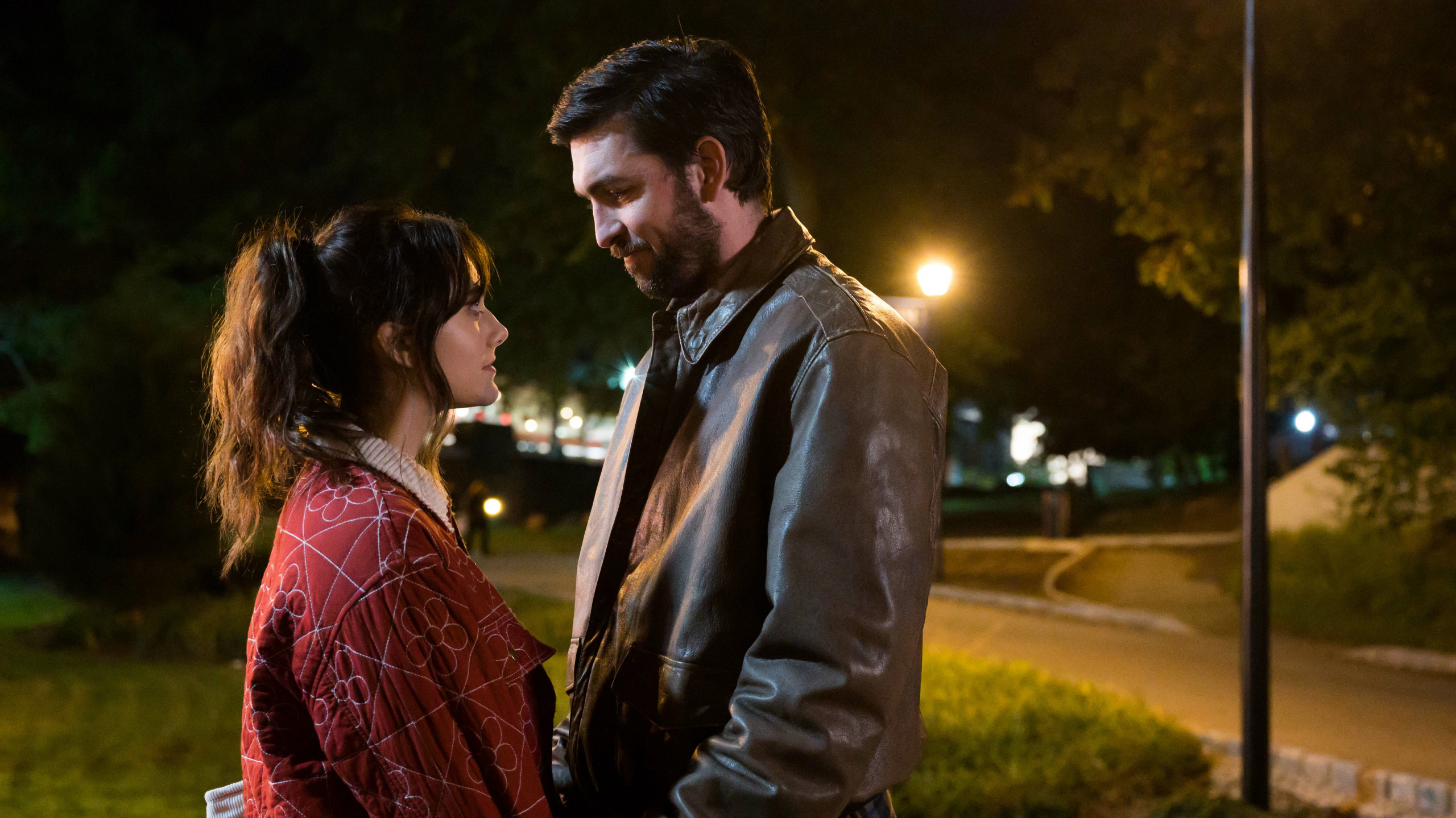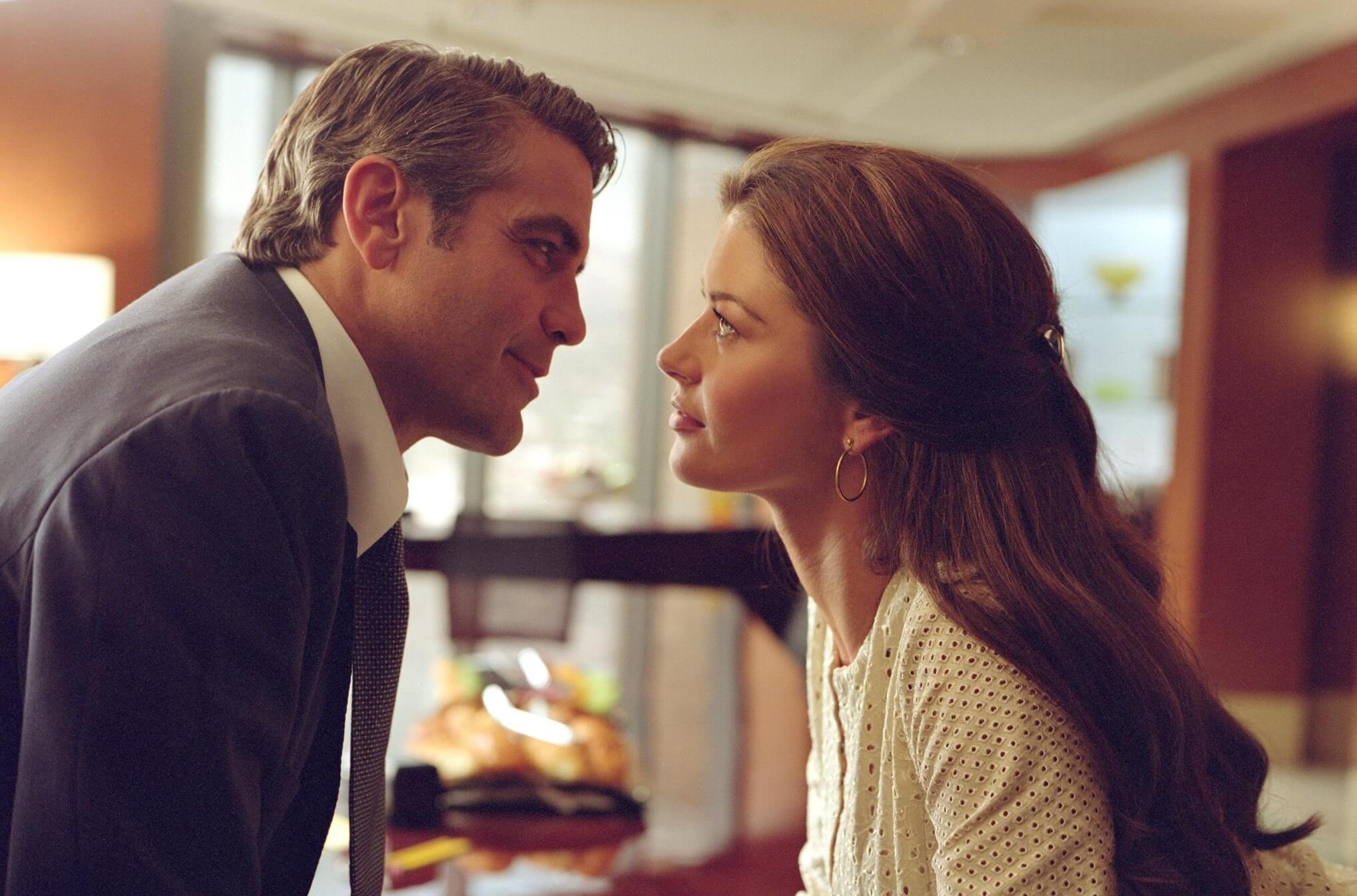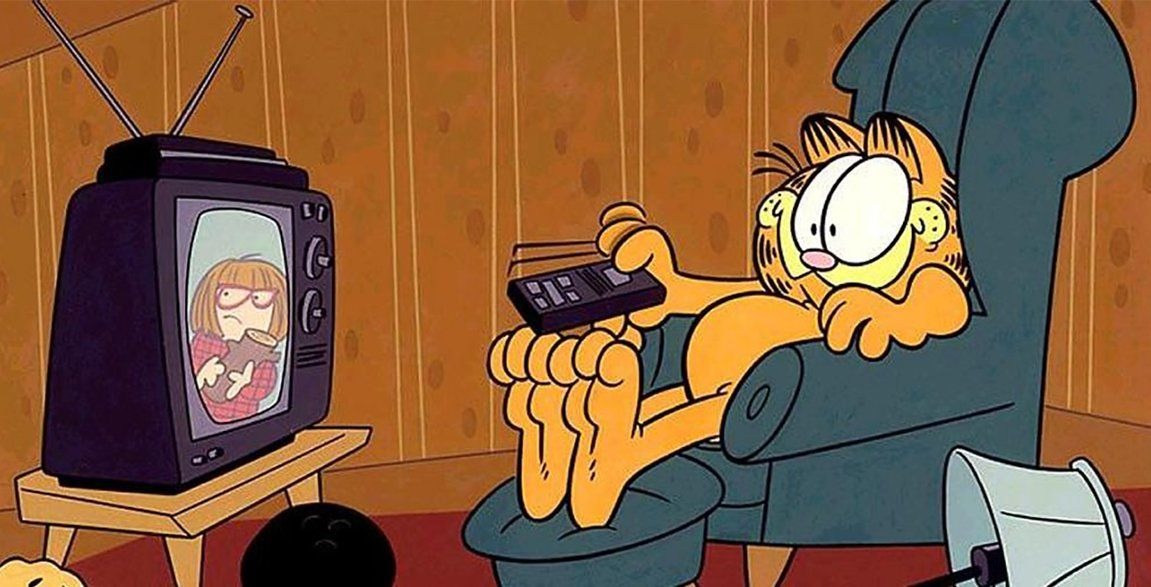The psychological thriller “Cat and Mouse”, based on Suzanne Vogel’s story “The Cat Person” published in The New Yorker six years ago, was released in Russian cinemas last Thursday. Then, in 2017, the publication quickly went viral and caused a serious resonance in reading circles – the question of how communication on the Internet differs from meetings in person was on the agenda, because in the online space you can find an image for it. yourself and your interlocutor, and both do not always (read: often) correspond to reality. Now the controversial story has received a film adaptation in a genre unusual for its author – Suzanne Vogel, who gave the audience the comedy and light “The Flight Attendant” and “The Spy Who Dumped Me”, has stepped into the field of dramatic thriller. , but to be fair, there’s very little of either here.
Sophomore Margot (Emilia Jones) works part-time at a movie bar; Here Robert (Nicholas Braun), a frequent guest, orders popcorn and licorice as usual, but one day he “adds” the main character’s number to the number. order. He is clearly older than her, but overall he leaves both Margot and the viewer with the impression of a modest, reserved, well-mannered man. The sympathy that arises at the box office only increases in correspondence, only then the real situation is painfully affected.
Most of the film is built on the intrigue around correspondence in the form of pop-ups – although the technique is not new, here it looks as organic as possible. Not the least role in this is played by Emilia Jones, who won our hearts with her Oscar triumph “CODA: The Child of Deaf Parents” – it is she who gives everyone who comes and goes an emotional color that can be easily associated with her. He is also annoyed by the “Read” situation without feedback, is annoyed by silence, and is dragged into different thoughts by some (seemingly) mundane answers. Margot’s “Isn’t he crazy?” Scenes with fantasies in line with the spirit of the question add a special charm to the picture. or joint visits to a family therapist in the distant future. Sometimes the intimate part of online dialogues is interrupted by conversations between the hero and his friend, and all this in the compartment turns random correspondence into a motivation for a whole course with a psychologist and a situation that is quite possible in real life. In general, your modest writer likes such techniques – they allow you to look at yourself from the outside, even if you don’t really want to do this.
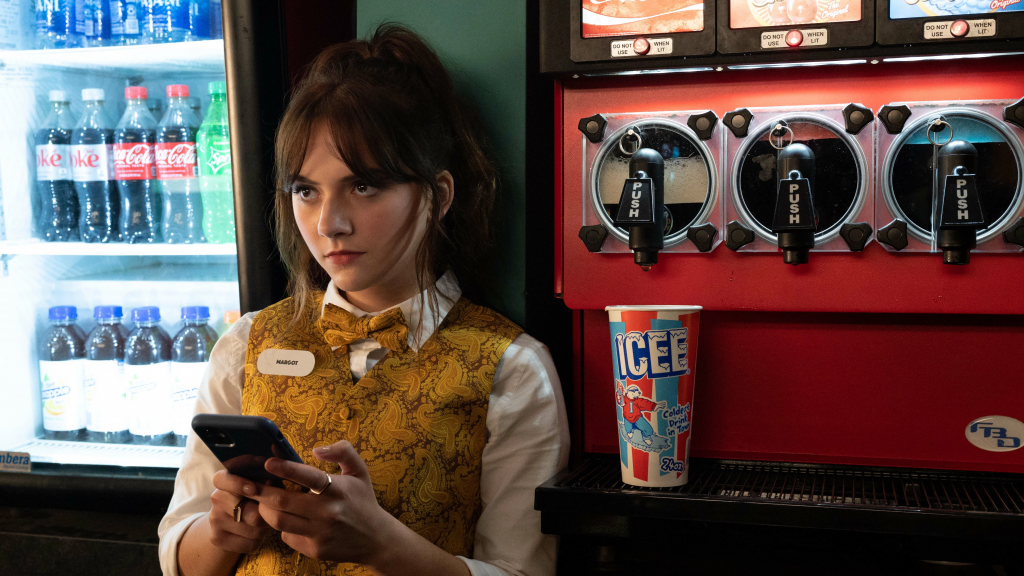
What Margot does next resonates even more strongly: her motivation to “get the job done” for reasons she’s invented for herself, and her reluctance to dot the i’s because of the tenth chance in a row and a sense of pity. Girls, as they say, are we or aren’t we?
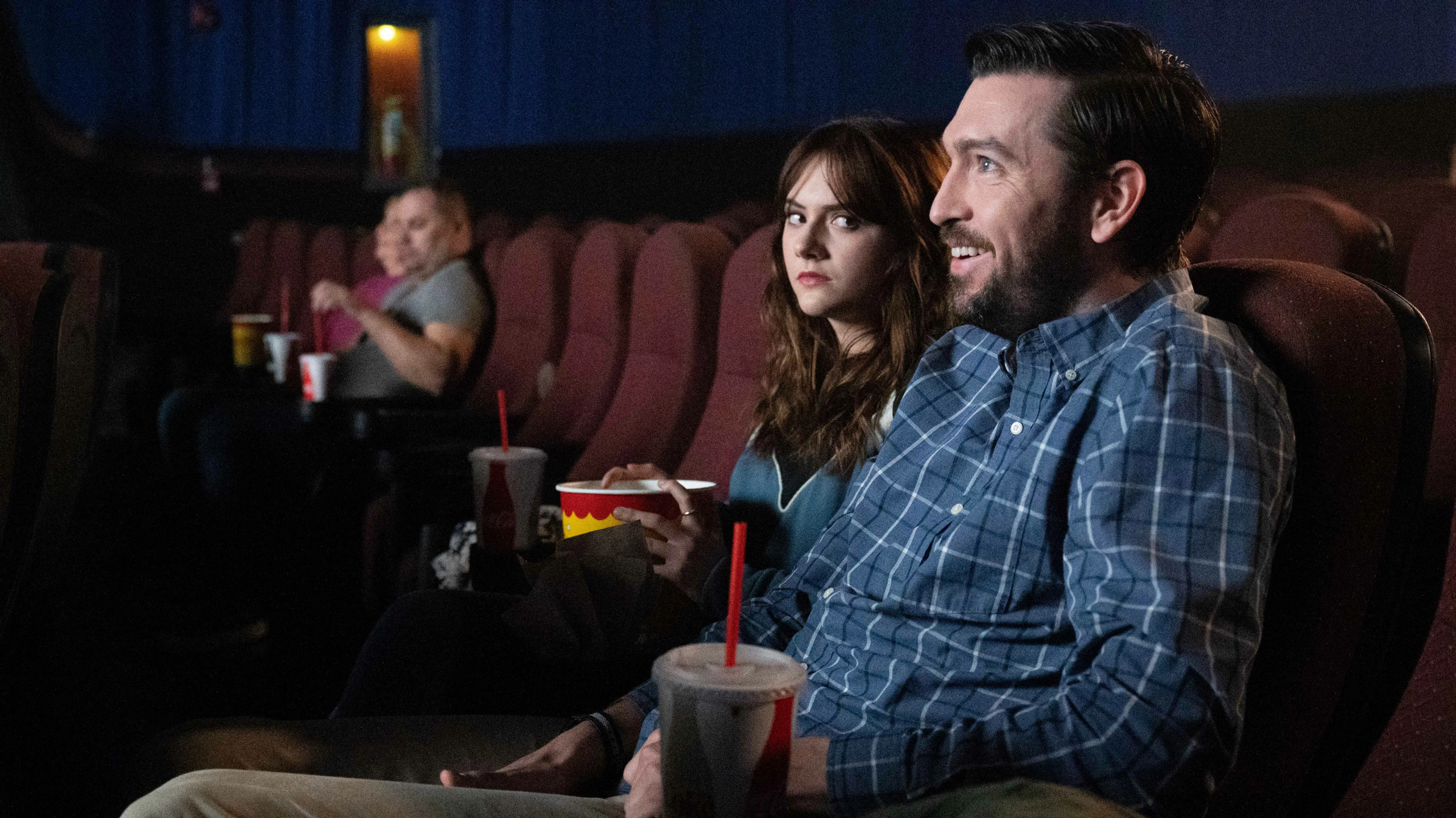
But in reality, the film plays on slightly more serious issues than an attempt to make Margot the collective image of its audience. It’s no coincidence that “The Cat and the Mouse” opens with a quote from Margaret Atwood: “A man is afraid that a woman will laugh at him, a woman is afraid that a man will kill her.” It seems that all communication between the main character and a casual acquaintance is built on these fears, and in the end they serve as the main intrigue: will the suspicions be in vain? The literary source in the form of a story does not give a clear answer to this question and ends with the last correspondence of the characters, but fans later wrote an alternative version of events not on behalf of Margot, but on behalf of Robert – and it is precisely this version that Suzanne Vogel is oriented towards. In general, the whole point in the ending lies in the difference in attitudes towards the same thing, and the culmination of this idea in the film is a strange sex scene – not so beautiful and precise eroticism with penumbra, sighs and subsequent hugs, but the visit of the head with the thought of what is happening here A physical act that is ridiculously absurd and even unnatural at the moment it is performed. From the plot it becomes clear that this is where the collapse finds our heroes, and perhaps this has its own truth, because then Robert asks a completely logical question and asks Margot to explain to him what exactly he did wrong.
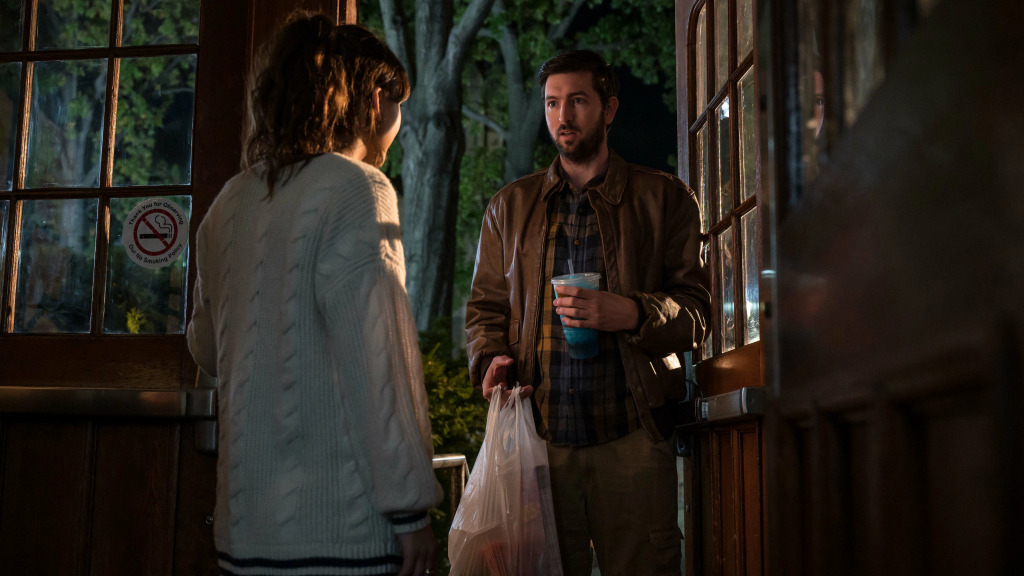
He prefers not to reveal himself and disappears from the radar; Even his friend writes a breakup message to put an end to this.
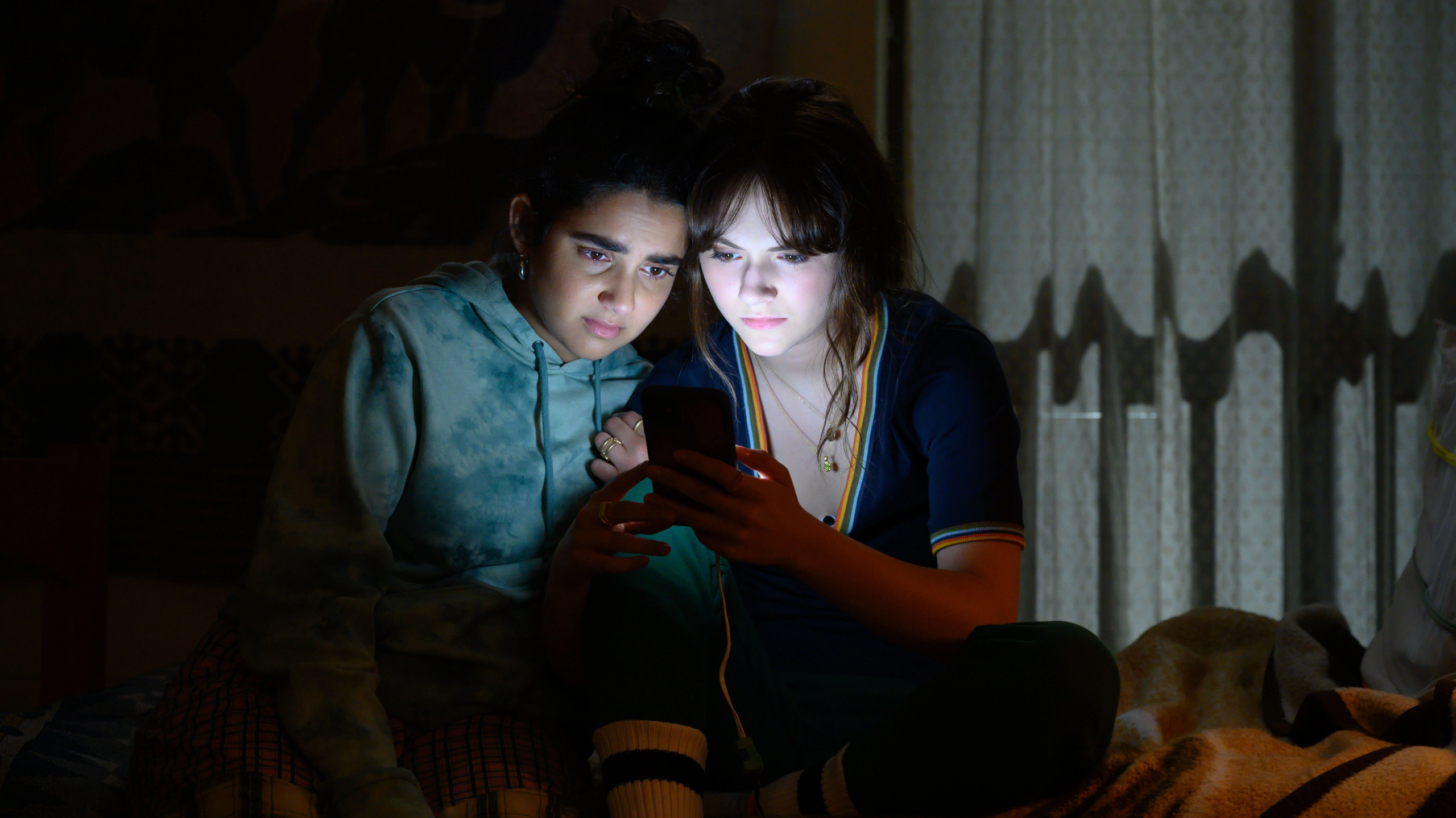
In fact, “Cat and Mouse” cannot claim to be a serious dramatic film, but it fulfills its mission of exploring relationships and the role of correspondence in these relationships, as well as suspicions, whether justified or not, with an “A minus”, which is either really exaggerating the theme of horror to the limit or just the author’s where you want to give a minus, except for the end, which plays with the desire to add dynamics. One way or another, but the film, like the story, seems worth watching and discussing – not only to choose your side, but also to take a closer look at your interlocutors on the other side of the screen. And at the same time, ask yourself questions.
Source: People Talk
Errol Villanueva is an author and lifestyle journalist who writes for The Fashion Vibes. With a passion for exploring the latest trends in fashion, food, travel, and wellness, Errol’s articles are a must-read for anyone interested in living a stylish and fulfilling life.

